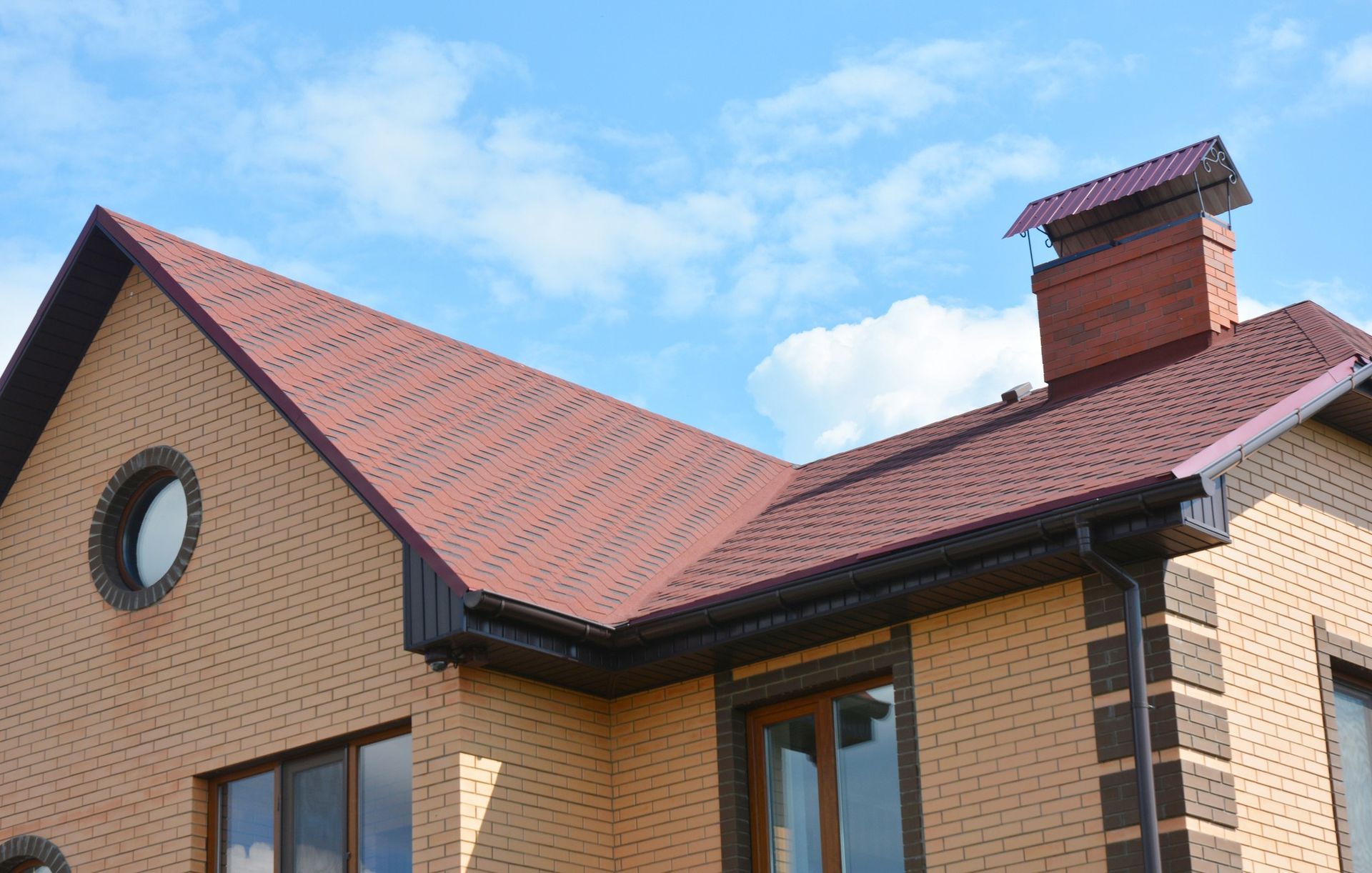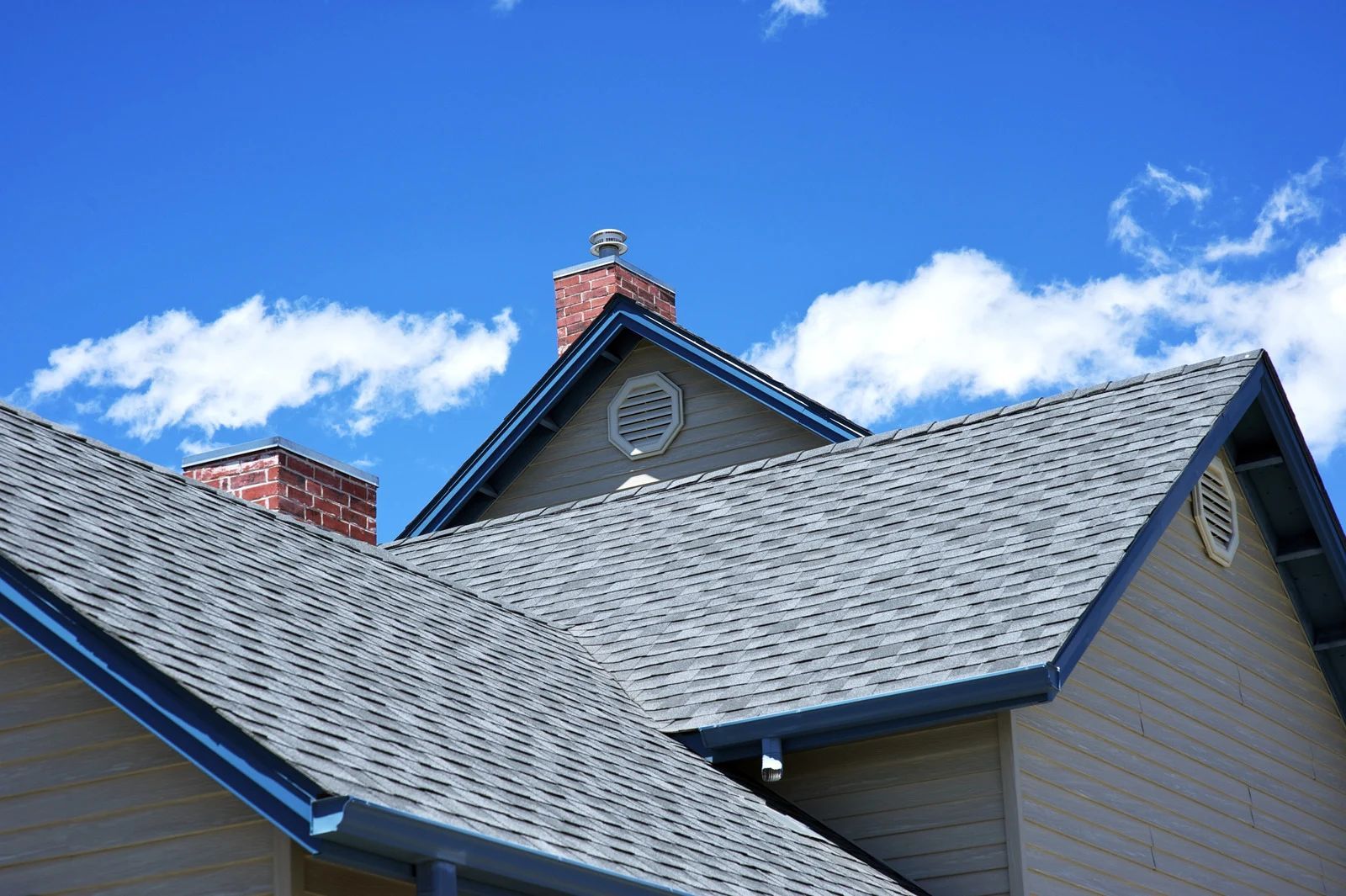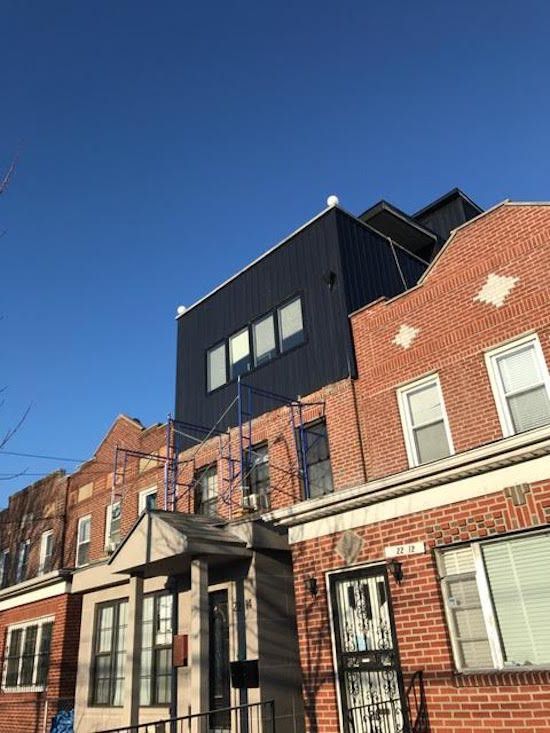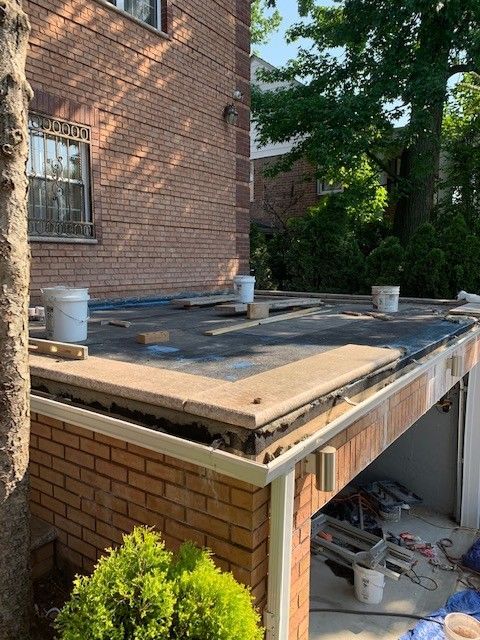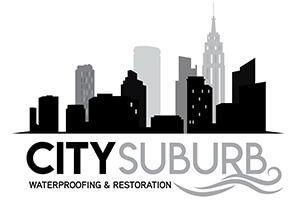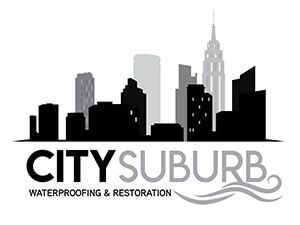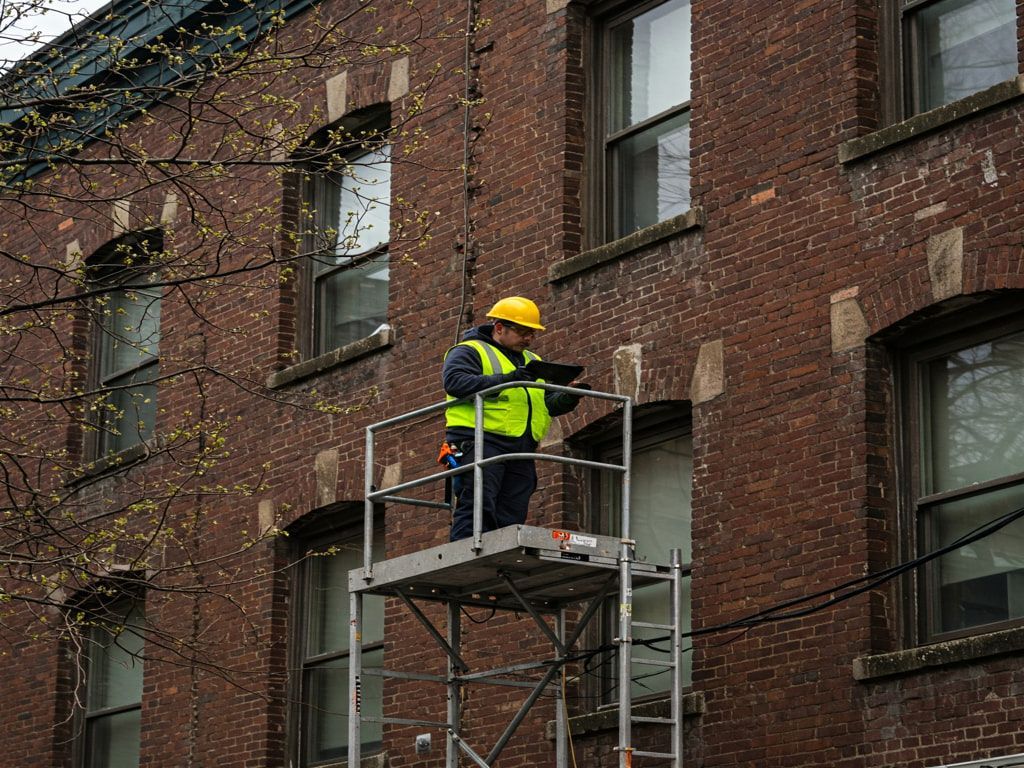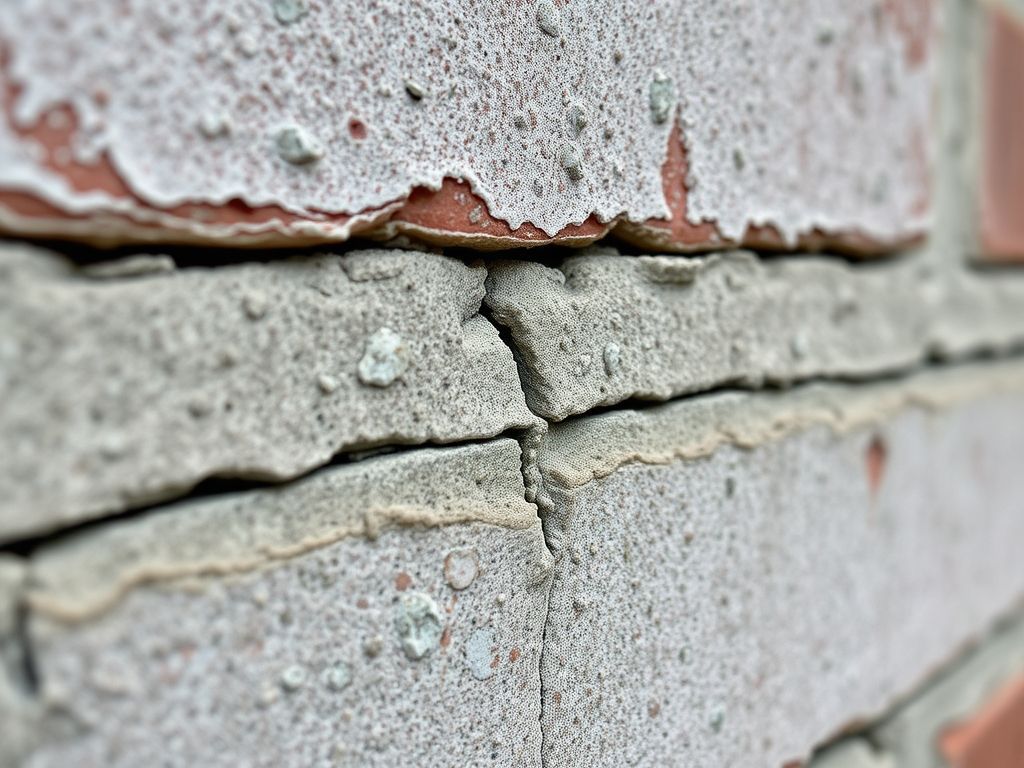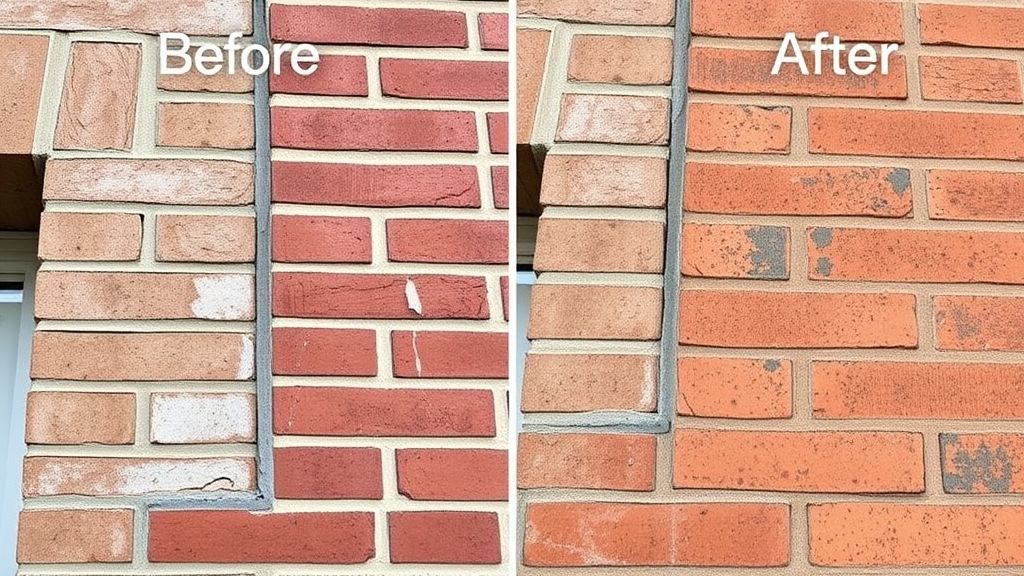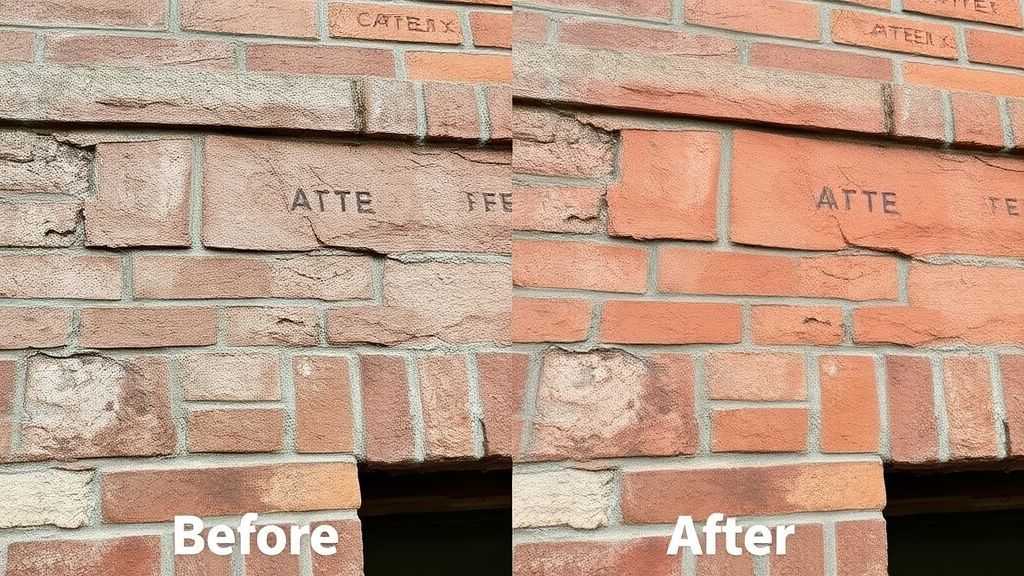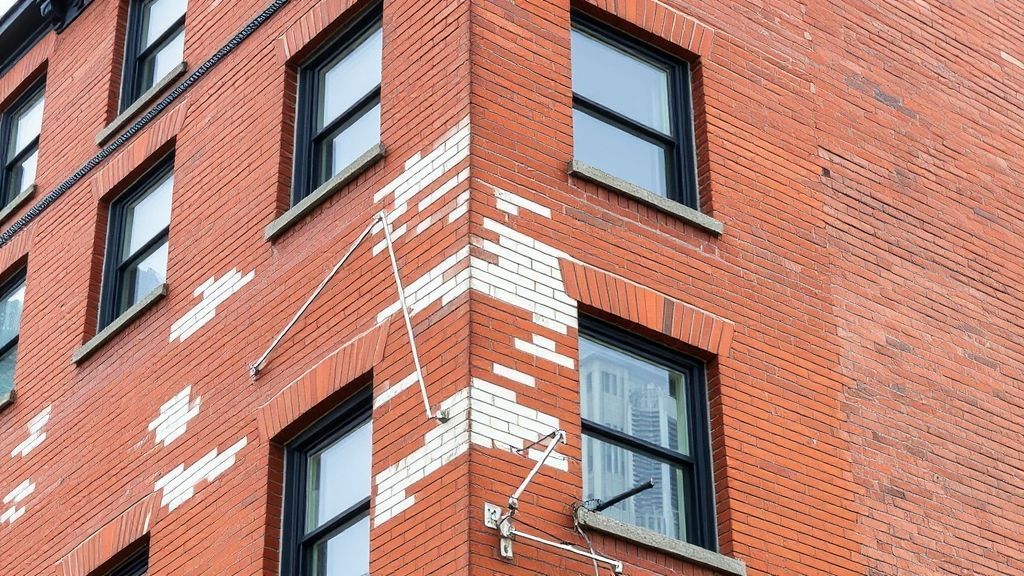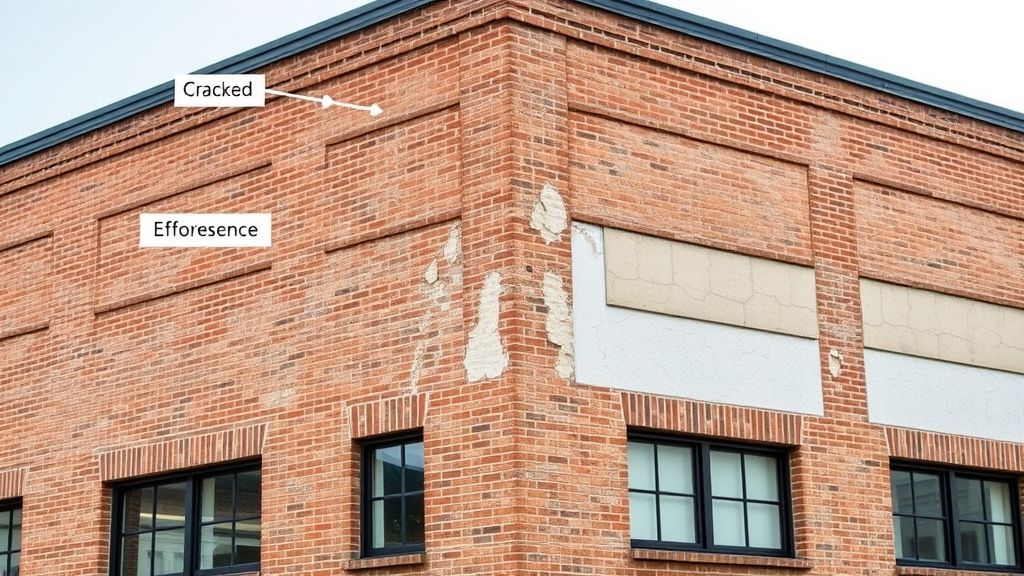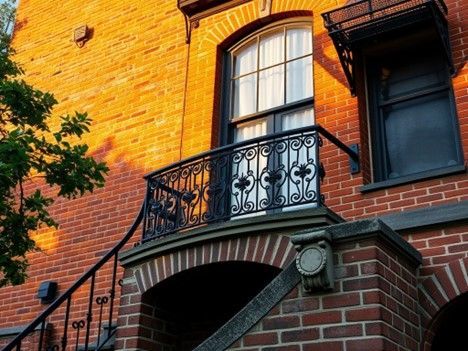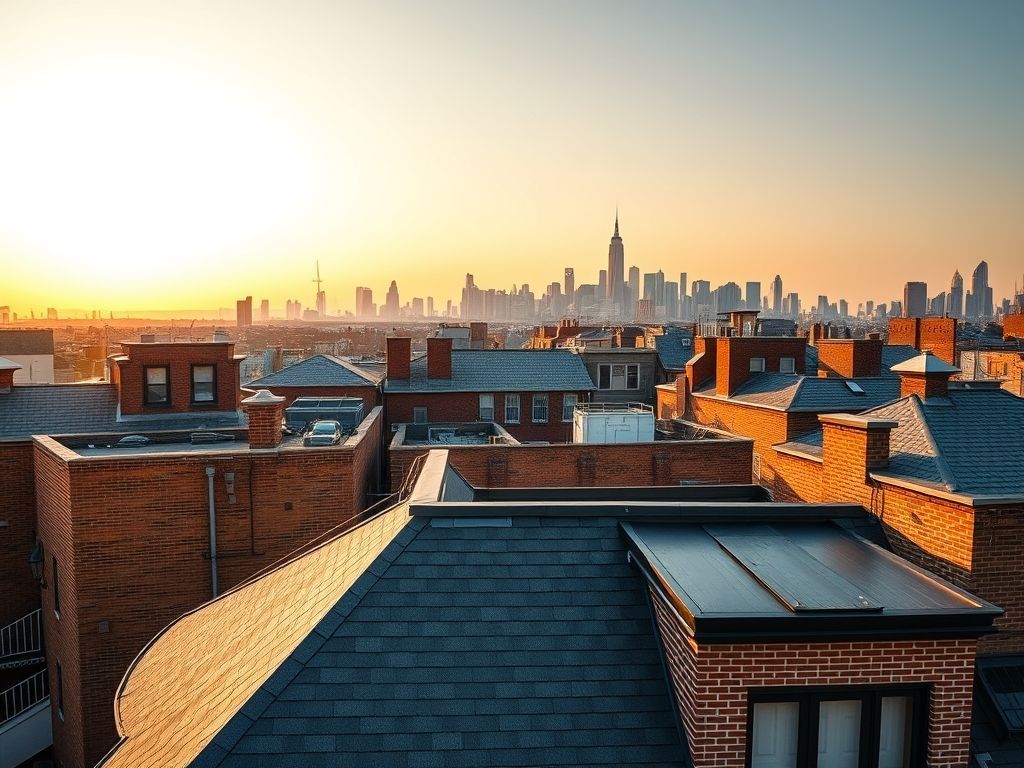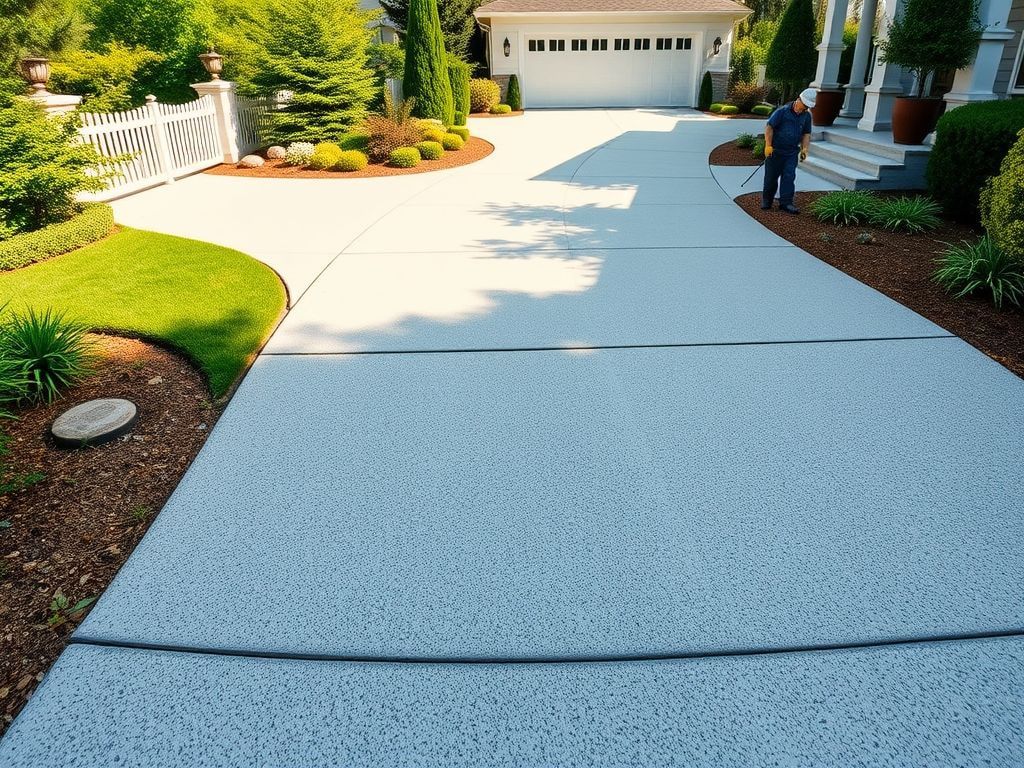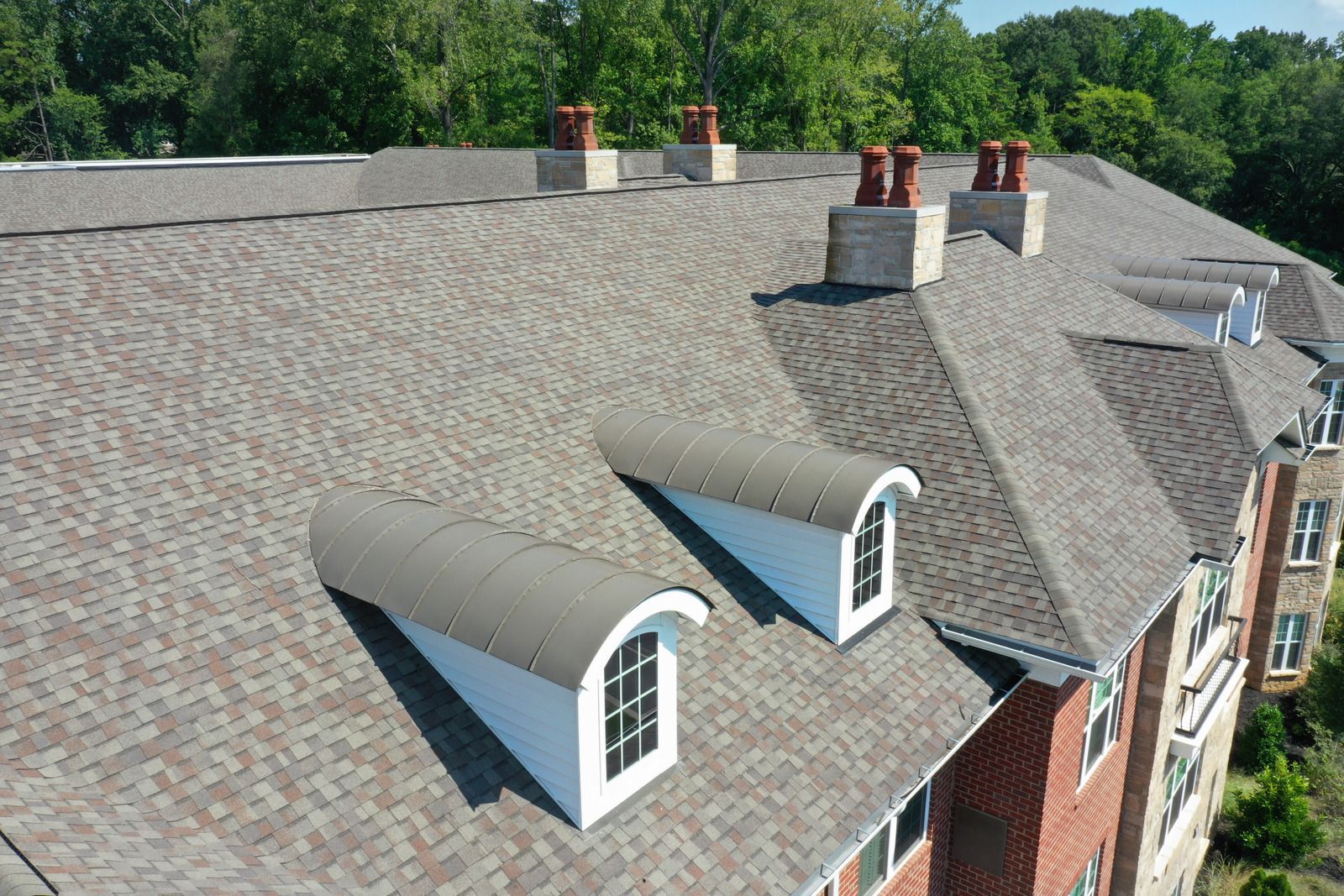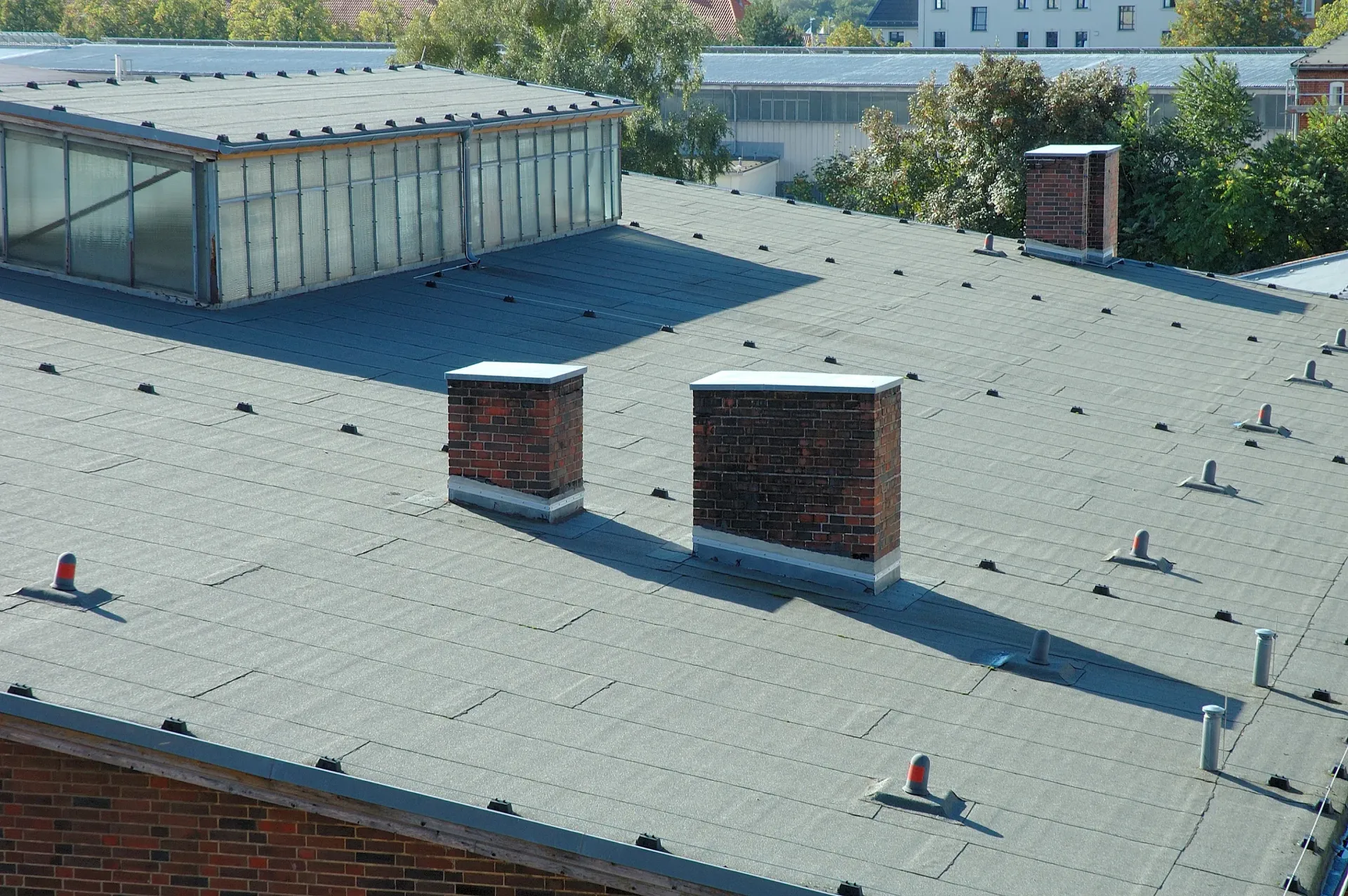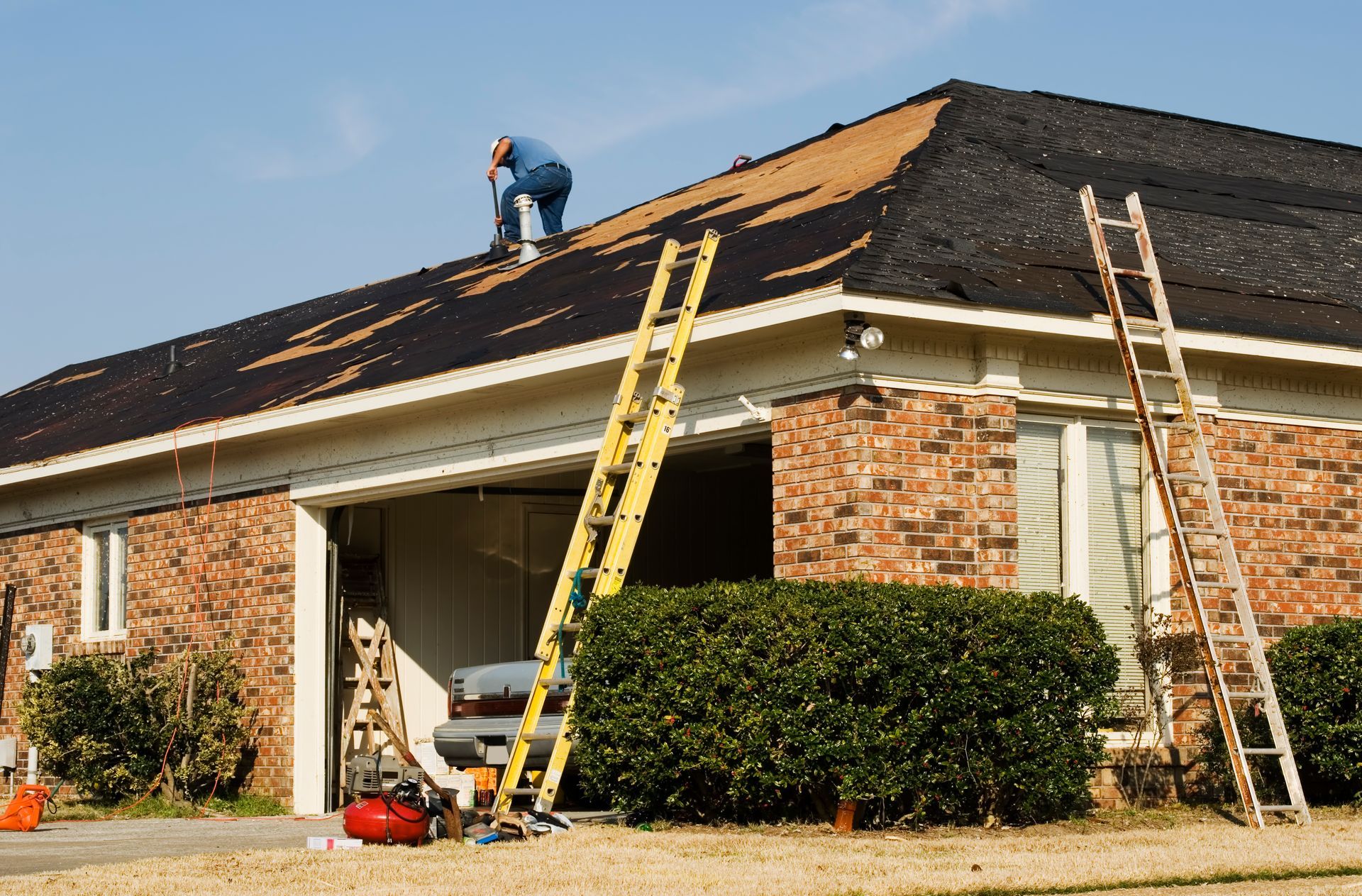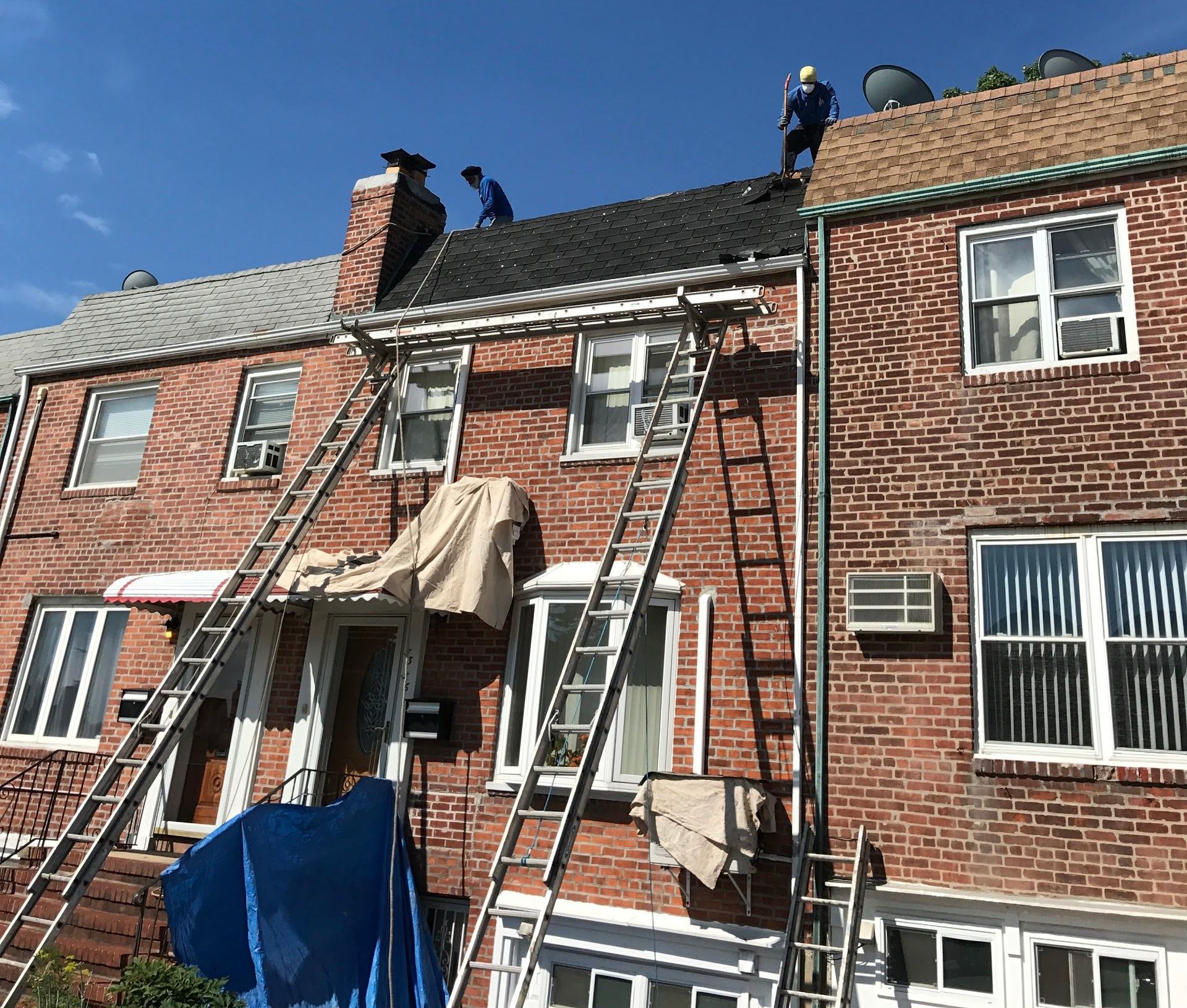The Impact of Regional Weather Patterns on Brick Pointing: Customizing Your Maintenance Schedule
Key Takeaways:
- Weather-Based Maintenance Strategy: Bronx buildings face unique weather challenges requiring customized brick pointing schedules. Generic maintenance timing ignores how local freeze-thaw cycles, persistent spring moisture, and urban pollution accelerate masonry deterioration.
- Optimal Timing Windows: Schedule major pointing work during May-June or September-October when temperatures typically range between 50-75°F with moderate humidity, creating ideal conditions for proper mortar curing and adhesion.
- Direction-Specific Deterioration: North and east-facing walls deteriorate faster due to less sunlight exposure and slower drying times, while different facades may require varying maintenance frequencies based on their specific exposure conditions.
- Documentation Systems: Successful maintenance requires standardized inspection protocols that track deterioration patterns, repair history, and performance over multiple seasons to refine future scheduling decisions.
- Budget Alignment: Establish maintenance reserve funds that allow work to proceed during favorable weather conditions regardless of fiscal quarter to overcome the misalignment between budget cycles and optimal maintenance windows.
Understanding your building's unique relationship with Bronx weather patterns enables more effective maintenance scheduling, resulting in extended building envelope performance and reduced lifecycle costs.
For property managers and building owners, maintaining masonry structures in this borough presents unique challenges that standard maintenance playbooks don't fully address. The northeastern climate batters your buildings in ways that generic schedules simply can't account for. When your maintenance timing doesn't sync with local weather realities, you're looking at faster deterioration and a serious hit to your wallet over time.
The disconnect costs you money. Period.
Consider this your roadmap to developing maintenance schedules that actually work for Bronx buildings. By connecting these dots, you'll extend your building envelope's lifespan, budget more effectively, and stay ahead of problems instead of chasing them.
Bronx Weather: What You're Really Dealing With
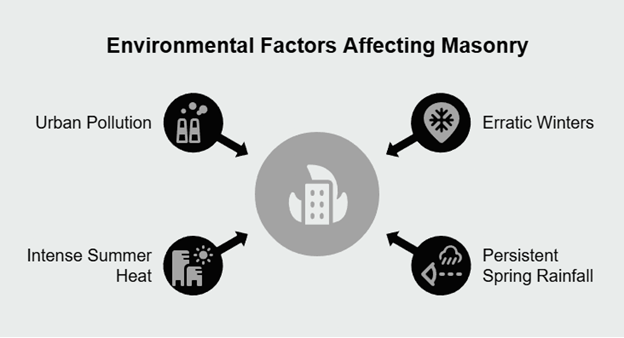
The Bronx doesn't just have "weather" – it has mood swings that stress every inch of your masonry.
Winters here aren't just cold; they're erratic. Rather than settling into a consistent freeze, the temperature dances above and below freezing repeatedly. Each cycle is like a tiny hammer hitting your mortar joints. Water seeps into microscopic cracks, freezes and expands, then thaws – gradually prying open weaknesses with each fluctuation.
Then comes spring. Wet. Persistent. Unforgiving.
The increased rainfall saturates your masonry, with north and east-facing walls suffering most. Why? They barely see sunlight and dry at a glacial pace. Your building stays damp longer than you think.
Summer brings no relief – just a different problem. Heat drives thermal expansion, creating pressure points throughout your structure. And autumn? Those wild temperature swings reveal every weakness the previous seasons created.
And let's not forget what makes the Bronx uniquely challenging. Your building doesn't just battle nature – it fights urban pollution too. Vehicle emissions and industrial pollutants eat away at mortar integrity year after year.
This isn't just weather. It's a siege.
How Weather Tears Your Building Apart
Understanding the precise ways Bronx weather attacks your brick pointing means you can time your defense perfectly.
Freeze-thaw cycling isn't just annoying – it's devastating.
Every time water infiltrates mortar with even microscopic cracks, freezing transforms that moisture into a destructive force. The damage compounds. What starts as a hairline crack becomes a pathway for more moisture, then a visible gap, then a serious problem. And once this cycle gains momentum? The deterioration accelerates exponentially.
North-facing walls tell a different story. They dry slower. Much slower. This extended moisture exposure creates the perfect environment for deterioration to flourish. Your south and west walls might look fine while their northern counterparts silently deteriorate.
Then there's the constant pushing and pulling. Brick and mortar expand and contract at different rates as temperatures rise and fall. This disagreement creates stress at every joint interface. These competing forces gradually weaken the bond between materials – especially during spring and fall when temperature swings happen almost daily.
The Bronx throws one more challenge your way: urban air quality. Vehicle emissions contain compounds that interact with mortar components, accelerating erosion in ways rarely seen in rural areas.
Building a Schedule That Actually Works
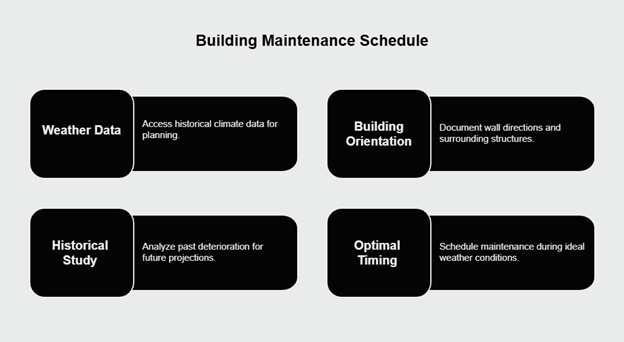
Creating an effective maintenance plan means getting specific about your building's relationship with Bronx weather patterns.
Weather data isn't just for meteorologists anymore. It's your planning goldmine.
Access historical climate data through the National Weather Service and building science organizations. Pay special attention to freeze-thaw frequencies, rainfall patterns, and when temperature fluctuations hit hardest throughout the year.
Your building's orientation isn't trivial – it's crucial. Document which walls face which direction, what surrounding structures might block or channel weather effects, and how height affects exposure severity. A wall facing an open lot experiences dramatically different conditions than one nestled between adjacent buildings.
Study your building's history. How quickly has pointing deteriorated in the past? Which areas failed first? This documented history creates the foundation for smarter forward-looking projections.
In the Bronx climate, you'll find sweet spots for brick pointing maintenance work in late spring and early fall. These periods typically offer temperatures between 50-75°F with moderate humidity – ideal conditions for proper mortar curing and adhesion. Schedule major pointing work during May-June or September-October, and you'll maximize material performance and longevity.
Making It Work in the Real World
Translating climate awareness into action requires systems that bridge technical understanding with operational realities.
Ever tried coordinating mason schedules with tenant needs during the perfect weather window? Nightmare.
Start by integrating your maintenance schedule with operational calendars. Create one centralized calendar that shows both ideal weather windows and operational constraints. This prevents the all-too-common scenario where perfect pointing weather coincides with tenant move-ins or other facility priorities.
Communication makes or breaks your strategy. Financial decision-makers need different information than tenants or facility staff. Develop frameworks that explain the timing rationale to each group. Show budget directors how weather-considered maintenance extends service life. Provide tenants with advance notice that connects work timing to building protection.
Budget cycles create headaches when they don't align with optimal maintenance windows. Fiscal years rarely match weather patterns. Address this by establishing maintenance reserve funds that allow work to proceed during favorable conditions regardless of which fiscal quarter you're in. The freedom to strike when conditions are right pays dividends in work quality and longevity.
Getting everyone on board requires effort. Facilities management sees the physical needs. Financial departments watch the bottom line. Tenant relations worries about disruption. Sometimes regulatory compliance teams have their own concerns. Bringing these perspectives together before weather windows open prevents last-minute complications.
Tracking What Works (And What Doesn't)
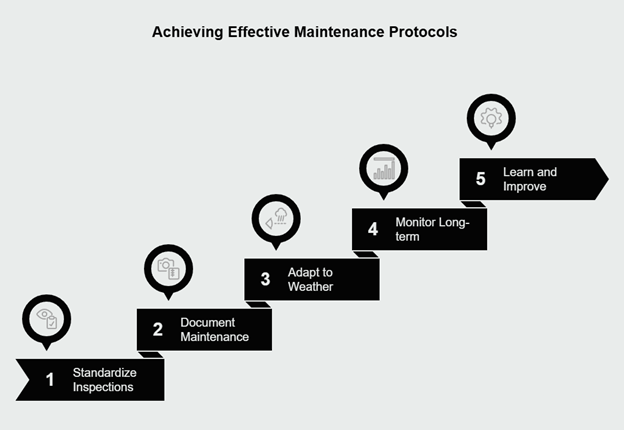
Turn generic maintenance approaches into building-specific protocols through continuous improvement.
Documentation is everything.
Establish standardized inspection protocols that track deterioration patterns, repair history, and how previous brick pointing work performed. Take photos. Make detailed notes. Create condition maps showing problem progression across facades. This visual record speaks volumes during planning meetings.
After each maintenance cycle, document what actually happened. What were the weather conditions during work? Which application techniques were used? How did the mortar cure? These observations form the foundation for refinement of future scheduling.
Weather doesn't follow your calendar. Develop protocols for when unusual weather events disrupt planned maintenance. Clear decision frameworks help determine whether to proceed, reschedule, or implement temporary protective measures. Having these protocols established before disruption strikes prevents costly delays or rushed decisions.
Track performance over years, not months. Monitor water infiltration incidents, service life of mortar joints, and maintenance cost trends across multiple seasons. These long-term indicators validate whether your weather-informed scheduling actually delivers the promised benefits.
Sometimes you'll be wrong. Accept it. Learn from it. Improve.
What It All Means for Your Property
Weather-responsive brick pointing maintenance isn't just a good idea for Bronx properties – it's essential.
The payoff? Better building envelope performance. Fewer surprise repair costs. More predictable maintenance budgeting. Less disruption for tenants. Longer building lifespan.
Success comes from combining technical understanding with practical implementation systems. It's not enough to know when deterioration happens – you need organizational frameworks that support taking action at the right time. Analyze weather patterns. Document your building's specific behavior. Refine your approach over time. The results speak for themselves in extended performance and reduced lifecycle costs.
Frequently Asked Questions
Q: How do preventive brick pointing costs compare to reactive repairs in Bronx conditions?
A: Preventive work almost always costs less than reactive repairs when you look at the full picture. The cost gap varies dramatically depending on building age, construction quality, and existing damage extent.
Those notorious Bronx freeze-thaw cycles accelerate deterioration once damage starts, multiplying costs when maintenance gets pushed off. Preventive work during favorable weather improves installation quality and extends service life. Plus, reactive repairs often mean addressing secondary damage to insulation, interior finishes, and other building elements.
Smart property managers calculate costs by considering not just the immediate expense, but business disruption, tenant satisfaction, and potential liability from falling materials or water damage. The math typically favors prevention by a wide margin.
Q: What organizational systems help implement weather-considered schedules across multiple properties?
A: Success across a portfolio requires integrated systems addressing documentation, coordination, and decision-making.
You'll need centralized condition tracking with standardized inspection protocols. Develop preventive maintenance systems that document performance of previous work. Analyze climate patterns systematically to identify suitable maintenance windows across different properties.
Establish clear decision authority – who can approve schedule adjustments when conditions change? Create cross-functional communication protocols so everyone from accounting to tenant relations understands the timing rationale. Develop performance metrics that demonstrate maintenance effectiveness to stakeholders who may not see the physical building regularly.
Q: How should building-specific factors be weighed alongside regional weather patterns?
A: Your building isn't just in the Bronx – it has its own microclimate.
Evaluate wall orientation and exposure alongside regional patterns. A north-facing wall with no protection experiences dramatically different conditions than a sheltered west wall. Study previous repair history closely – which facades deteriorated fastest? Look at construction quality variations across your structure. Consider how building use patterns affect moisture levels and temperature fluctuations internally.
Regional patterns provide the framework – freeze-thaw frequency, seasonal precipitation timing, temperature fluctuation cycles. But your building's specific response to these patterns tells the real story.
The smart approach? Systematic assessment identifying which buildings and facades need more frequent attention. One wall might need brick pointing every 5 years while another lasts 15. This isn't about equality – it's about addressing actual conditions.
Beyond the Basics: Additional Considerations
Q: How do organizational budget cycles affect weather-based maintenance timing?
A: Budget cycles create planning nightmares when fiscal years don't align with optimal maintenance windows. Many organizations finalize budgets in winter when masonry deterioration hides under a layer of ice and snow.
Break this cycle. Establish dedicated maintenance funds that carry across fiscal years. Implement multi-year planning instead of annual budget gymnastics. Create assessment-based funding mechanisms tied to building condition rather than calendar timing. Develop contingency allocation processes for condition-based work.
Without these adjustments, you'll constantly fight the losing battle of trying to schedule ideal weather-window work with last year's budget allocations. The building doesn't care about your fiscal year – and neither does the weather.
Q: What documentation practices support weather-based scheduling decisions?
A: Documentation isn't just about preserving the building – it's about protecting your decisions.
Maintain meticulous records of building envelope conditions. Document your systematic assessment process and climate-appropriate scheduling rationale. These records provide crucial evidence for future planning and demonstrate sound management practices to stakeholders, insurers, and potential buyers.
Every inspection, repair, and decision should leave a paper trail. Future property managers will thank you. So might your legal team.
Q: How do tenant considerations affect weather-informed maintenance timing?
A: Lease arrangements create limitations that weather patterns don't respect.
Commercial leases often restrict exterior work during business hours or peak seasons. Retail tenants panic at the thought of scaffolding during holiday shopping. Residential leases come with access considerations that might conflict with prime maintenance seasons.
Address these challenges proactively. Incorporate maintenance provisions during lease negotiations. Establish scheduled maintenance windows in multi-tenant buildings. Develop phased approaches that accommodate tenant needs while still capitalizing on appropriate weather conditions.
The tenant-weather balance requires finesse, but ignoring either factor leads to suboptimal outcomes and strained relationships.
Disclaimer: This content is for informational purposes only and not intended as business advice. No business relationship is formed through this content. The information provided does not replace professional consultation. Please consult qualified business advisors for guidance specific to your organization's situation.
Ready for Brick Pointing That Works with the Bronx Weather—Not Against It?
At City Suburb, we specialize in weather-smart brick pointing that protects your building from the Northeast’s toughest conditions. Trusted by property owners across NYC, our skilled team delivers durable results—on time and on budget.
"Ravi and his guys did an awesome job. Very professional and tidy. He patiently explained every detail. Highly recommend!" – Domingo Aviles
Call 718-849-8999 now or contact us today to schedule your expert consultation.
Want More Expert Tips?
Follow us on Facebook and Instagram for seasonal insights and real project highlights.
